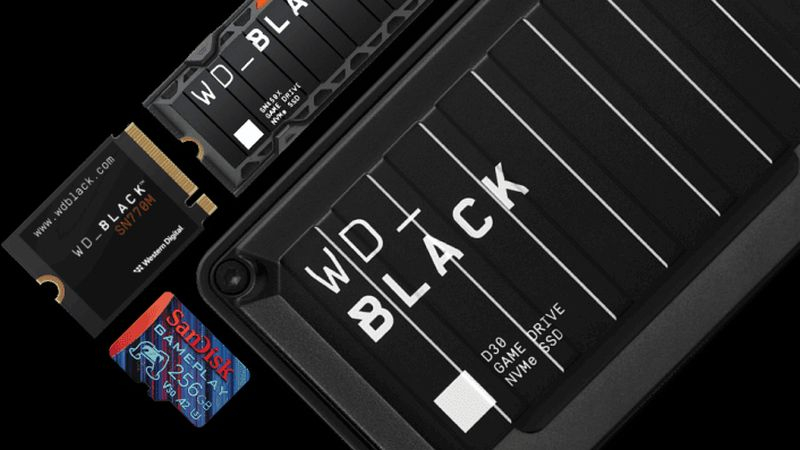The large-scale beta testing program that every version of the Microsoft Windows operating system goes through cannot provide for all situations, and therefore some problems arise after updates begin to be distributed. In particular, Windows 11 24H2 turned out to be the culprit in the appearance of “blue screens of death” for owners of PCs with Western Digital solid-state drives of certain models.

Image source: Western Digital
At least, the situation with a cyclic blue screen occurred when the system had WD Black SN770 and WD Blue SN580 solid-state drives with the NVMe protocol, which do not have their own DRAM cache and therefore use system memory to cache data. By default, it allocates an area of 64 MB, but the Windows 11 24H2 update increased this limit to 200 MB, causing problems with the system. Typically, rolling back the operating system to version 23H2 eliminated the stability problem.
As TechSpot notes, there is no particular need to get rid of the 24H2 update, since the registry can limit the amount of system memory allocated for SSD data caching needs to that same 64 MB, after which the operating system continues to work more or less stably. Of course, such measures negatively affect the performance of the solid-state drive, but at least they allow you to work with the operating system.